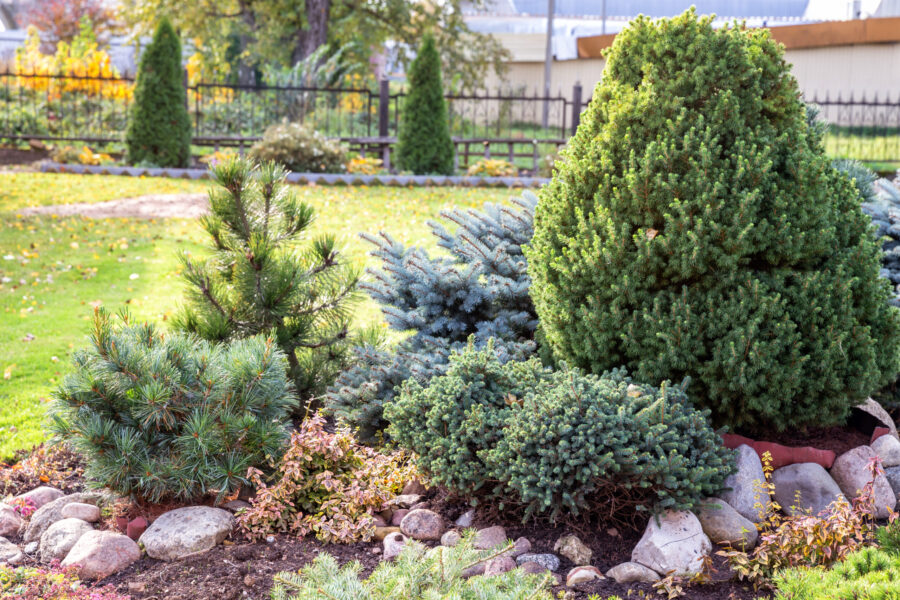As we go about our landscaping business, the Aisling View crews are never surprised, or intimidated, when they find what seems to be a giant attack bee or wasp in the dirt. Sphecius specious is the fancy word for this insect which often is referred to as cicada killer wasps or the cicada hawk, is a large digger wasp species. They prey on cicadas. Cicada killer wasps (the females) use their sting to paralyze their prey (cicadas) rather than to defend their nests. Adults feed on flower nectar and other plant sap. Unlike most social wasps and bees, they do not attempt to sting unless handled roughly by people.
What is special about Cicada Killer Wasps’ appearance?
Cicada killer wasps are quite large. In fact, they grow up to two inches long. The wasps are hairy with reddish and black areas on the thorax (their middle part). Their abdomen (their rear part) is black to reddish brown with light yellow stripes. You may have a lot of these kind of wasps if you have well-drained clay and sandy areas where you see dirt spots throughout (which describes a lot of Indiana). They kick up dirt behind them as they burrow and build tunnels into garden beds. This burrowing behavior can cause a mess with plants and spill on to walkways. The dirt gets piled at the opening of their nests.
When are they active?
Cicadas emerge on 13- and 17-year cycles, which brings on these wasps. However, you find them almost every year. The wasps come in the summer, in late June and early July. They start disappearing in September or October as their feeding frenzy on cicadas ends. More cicadas are slated to come out over the next few years, peaking from 2021 to 2027. Eastern Cicada Killer Wasps live and nest alone. They adept flyers and attack cicadas mid-air. The use massive, strong stingers to penetrate a cicada’s shell. Once stung, the cicada is paralyzed, brought back to the nest, dragged down the hole and are food for an extended period.
What good do they do?
Believe it or not, the cicada killer wasps are beneficial and should be left alone. Of course, their primary purpose is to reduce some of the cicada population. That means less of that incessant cicada buzz-song punctuating the summer night’s peace.
Overall, as the warmer months come you will see cicadas again and, if you are observant, cicada killer wasps. These fierce looking insects are mostly harmless and just part of your typical Indiana summers. For sure, they are fun to watch as they go about their business.
If you want to know more about your garden plants and the insects that live with them, let’s get together and create a gorgeous landscape plan. You can contact us at 317-636-9408 or visit us on the web at aislingview.com.
Are you on Facebook? We are, too. Let’s be friends!







Recent Comments